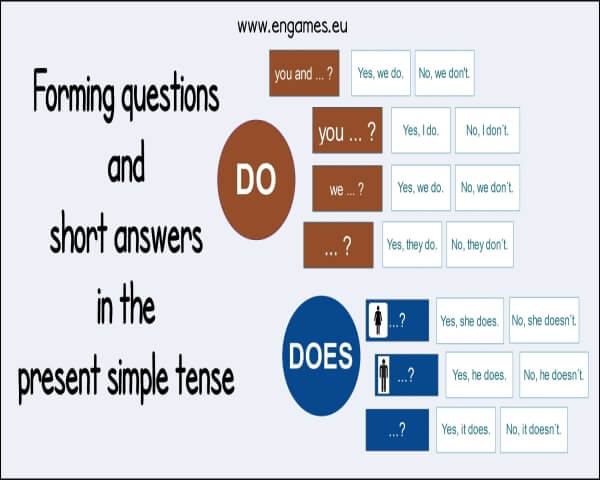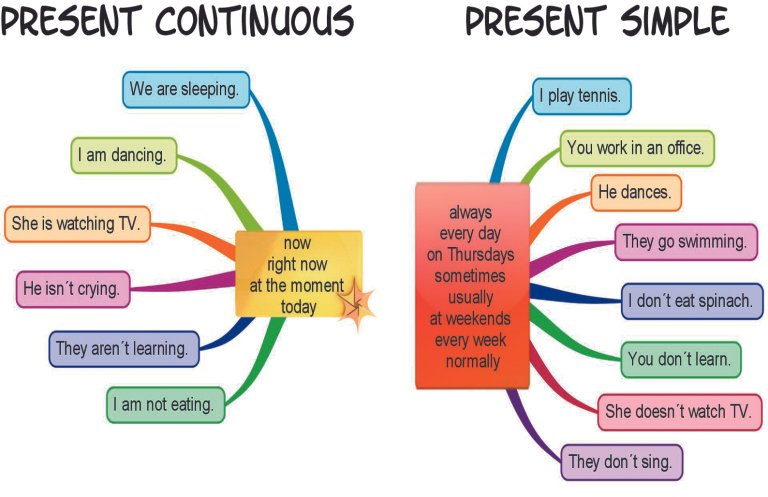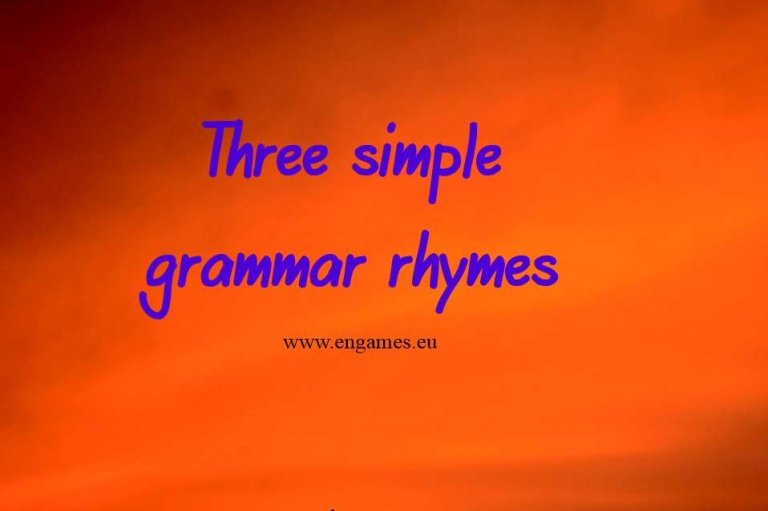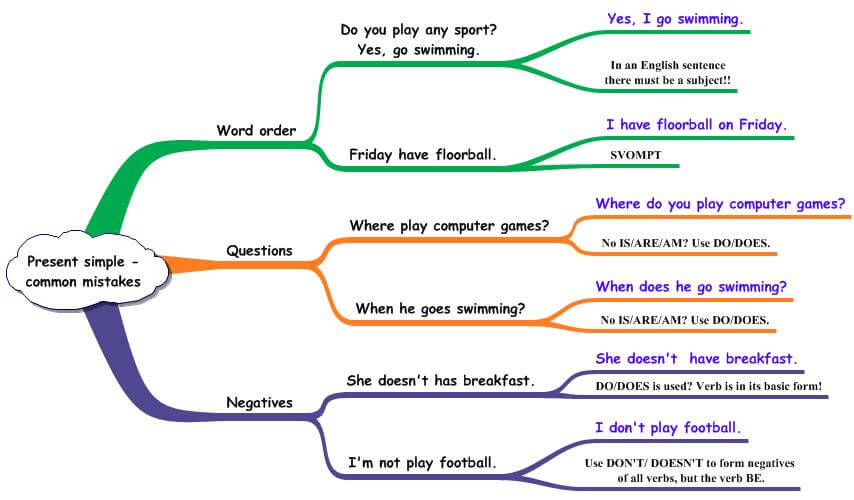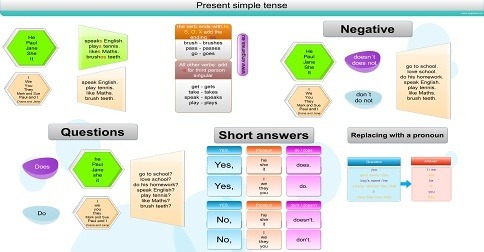Online Quizzes to Practise Present Simple
In this post I would like to share 7 online quizzes to practise the present simple tense. All the quizzes are in HTML 5, so you or your students can play them on their mobile phones. Moreover, if you have a website or a wordpress site, you can easily enter these exercise there by copying…

